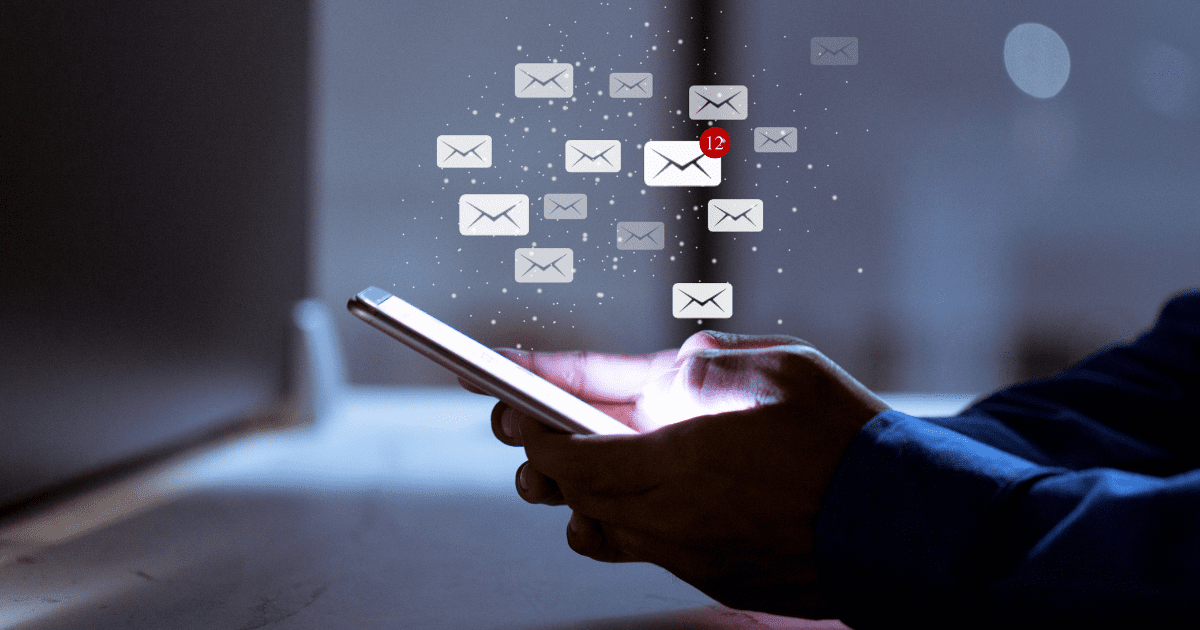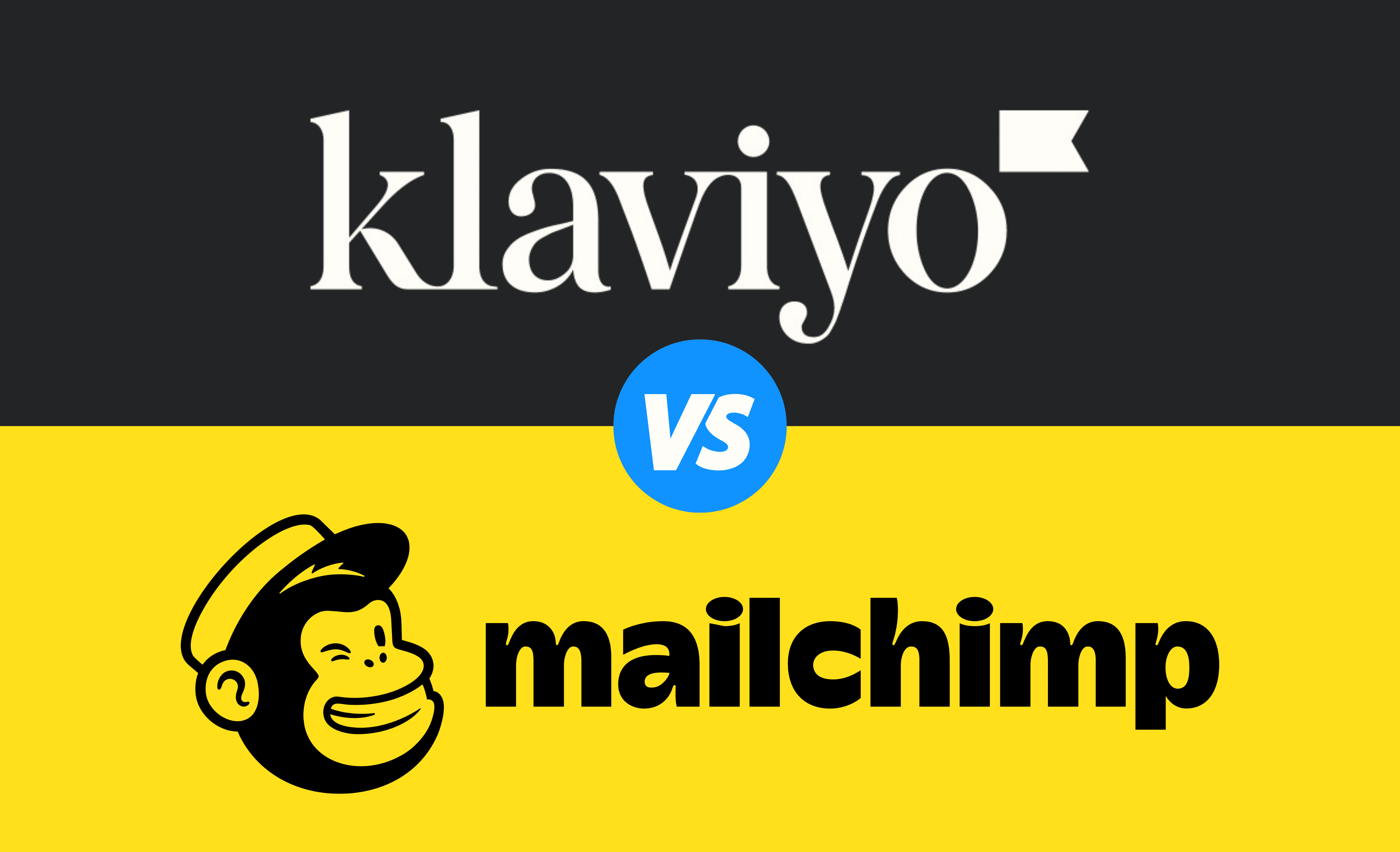It’s a question that plagues many marketing teams: “How many marketing emails is too many?” You want to consistently engage your audience without overwhelming their inboxes.
Striking the right chord in email marketing is akin to walking a tightrope; one must balance the desire to connect with customers against the risk of overwhelming their inboxes.
Determining the optimal frequency for your emails is a nuanced task, dependent on a matrix of factors, including industry norms, your specific goals, and your audience’s preferences. Overstep, and you risk annoying recipients and inflating unsubscribe rates. Understep, and you squander opportunities for engagement.
In this article, we’ll dissect the complexities of email frequency, exploring everything from legal considerations to strategic insights. We aim to guide you toward that elusive sweet spot of email marketing by examining industry case studies and delving into subscriber preferences. Hold tight, and let’s embark on this journey towards enhancing your email strategy.
Defining Optimal Email Frequency
The optimal email frequency varies greatly, depending primarily on your industry, business goals, and audience preferences. For instance, an ecommerce company might have a different sending frequency than a small business focusing on monthly newsletters.
However, a general rule of thumb suggests sending email marketing campaigns 1-2 times per week.
This email cadence balances keeping your brand at the top of customers’ minds without overwhelming them. Remember, the goal isn’t to annoy customers but to provide valuable information that encourages engagement and leads to more sales.
Impact of Overwhelming Email Frequency
Excessive marketing frequency can lead to several unintended consequences:
Inbox overload: When you send emails daily, or worse, multiple times a day, it can lead to inbox fatigue. Customers might ignore your emails or, worse, mark them as spam.
Missed or ignored messages: With too many emails, important messages may get lost in the shuffle. This means lower open rates and click-through rates, diminishing returns on your email marketing efforts.
Increased complaints and unsubscribes: High email frequency can trigger spam complaints, making people unsubscribe from your email list. A high unsubscribe rate clearly signals that your email strategy needs revamping.
Email Frequency Regulations and Compliance
Understanding the legal landscape surrounding email marketing is crucial. Respecting regulations such as CAN-SPAM in the United States, GDPR in Europe, and other regional policies is vital. Non-compliance can result in severe penalties, including hefty fines.
These regulations emphasize consent, making sending marketing emails without the recipient’s explicit permission illegal.
Violating this policy can tarnish the sender’s reputation, making your emails more likely to end up in spam folders. This could lead to decreased open and click-through rates, impacting your marketing efforts negatively.

Strategies for Determining the Right Balance
Finding the sweet spot for email frequency requires careful testing, feedback, and industry analysis. Here are a few strategies:
Test Different Cadences: To find the best frequency, try sending emails at different intervals and measure how it impacts your open and click-through rates. Use this data to refine your email program and ensure you’re not sending too many emails.
Gauge Subscriber Feedback: Send surveys to your subscriber list asking about their preferred email frequency. This direct feedback can help tailor your email strategy to match your subscribers’ preferences better.
Study Competition and Industry Benchmarks: Look at the sending frequency of successful companies in your industry. If fashion brands send weekly promotional emails and see high engagement, it might also be an effective strategy for your business.
Segment Your Email List: Instead of sending every email to your entire subscriber list, segment it based on factors like interests or buying habits. This allows you to send targeted emails and avoid bombarding subscribers with irrelevant content.
Understanding Subscriber Preferences
Leverage Segmentation by Interests and Behavior
In email marketing, understanding your audience is paramount. By segmenting your subscriber list based on interests and behavior, you can better tailor your content to their preferences.
For instance, if a segment of your audience often clicks through your technology-related articles, it’s safe to infer they’re interested in this topic. Thus, sending them more content around technology can result in higher engagement.
Personalize Content-Type and Frequency Based on Groups
Once you’ve segmented your subscribers, personalize your email strategy for each group. Adjust accordingly if one segment responds well to weekly newsletters but prefers bi-weekly updates.
Personalization isn’t limited to email frequency; it also extends to the type of content you send. Some subscribers might prefer how-to guides, while others are more interested in industry trends or product updates. Catering to these preferences can significantly improve your click-through rates.
Provide Frequency Options Upon Signup
Empower your subscribers by offering frequency options upon signup. This allows them to choose how often they receive emails from your business.
You respect their inbox, which can foster a stronger relationship with your subscribers and decrease your unsubscribe rate. This data can further inform your email strategy by providing insights into your subscribers’ preferred frequency.
Industry Case Studies
Case Study 1: Apparel Retailers and Send Frequency
MarketingSherpa, a leading marketing research firm, conducted an in-depth study among apparel retailers to gain insights into the correlation between email send frequency and customer engagement.
The study’s findings revealed that retailers who adopted a weekly email strategy experienced the highest customer engagement rates.
This case study serves as a reminder of the significance of testing various email frequencies to discover the optimal approach for your specific industry.
Investing time and effort into exploring different strategies can unlock the potential for enhanced customer engagement and ultimately drive better business results.
Case Study 2: National Debt Relief’s Frequency Adjustment
National Debt Relief, a prominent debt consolidation company, offers a compelling example of the importance of adjusting email send frequency.
Daniel Tilipman, the president and co-founder of National Debt Relief, initially adopted a strategy of sending promotional emails every second or third day. However, this high-frequency approach proved less than effective, with the company losing nearly 15% of its subscription list.
Recognizing the negative impact of their email strategy, they underwent a significant shift, reducing their email send frequency to approximately one special offer email every 14 days. A renewed focus accompanied this change in approach to delivering high-value content in each email.
This case study underscores the potential pitfalls of excessively frequent emails and the potential benefits of a less-is-more approach, particularly when each email delivers substantial value to the recipient.

Maintaining Engagement Amidst Increased Frequency
Well-Designed Emails Following Best Practices: A well-designed email can make all the difference in your open and click-through rates. This includes clear subject lines, concise content, and a compelling call to action. A well-structured email is more likely to engage your audience and drive them to take the desired action.
Consistently Valuable Content Worthy of Inbox Space: The value of the content you send is paramount. If your subscribers find your emails useful, they will likely engage with future emails. Whether it’s educational content, exclusive discounts, or insider news about your business, ensure every email provides value.
Careful Testing Prior to Expanding Sends: Before increasing your sending frequency, test different cadences with a small segment of your subscriber list. This allows you to gauge the impact on engagement levels and adjust your strategy accordingly. Always remember to use data to inform your decisions.
Repercussions of Email Overload on Unsubscribe Rates
Clutter Drives Users to “One Click Unsubscribe”
With an overloaded inbox, subscribers are likelier to hit that dreaded “unsubscribe” button. It’s essential to respect your subscribers’ inbox space. Sending too many emails can be seen as intrusive and annoying, leading to a higher unsubscribe rate.
Significantly Higher Opt-Outs
When you inundate your subscribers with daily emails, they’re more likely to opt out of your email list. This reduces your potential customer base and means fewer opportunities for sales and engagement.
Permanent Long Term Effects
The repercussions of email overload can have lasting effects. Once a subscriber opts out, they’re likely gone for good. This means a permanent loss of potential customers and a decrease in your email marketing effectiveness.
Reengaging Inactive or Lapsed Subscribers
Winning Back Subscribers with Exclusives
To re-engage inactive subscribers, use the allure of exclusivity. Send them special offers or coupon codes unavailable to other customers. The promise of exclusive deals can make your email stand out in a crowded inbox and motivate subscribers to engage with your content.
Using Automation to Bring Back Dormant Emails
Marketing automation is a powerful tool for re-engaging lapsed subscribers. Set up an automation workflow that triggers when a subscriber hasn’t engaged with your emails for a certain period. This could be a series of re-engagement emails offering incentives or highlighting new products or services they might have missed.
Getting Feedback on Opt-Out Reasons
If a subscriber chooses to unsubscribe, take the opportunity to learn why. Provide a brief survey upon opt-out that asks for their reasons for unsubscribing. This valuable information can help you refine your email strategy and reduce future unsubscribe rates.
Opting for Email Marketing Services
If managing your email strategy and analyzing data seems overwhelming, consider hiring an email marketing agency. These experts can help optimize your email marketing frequency, design engaging content, and use data to drive results. With their expertise, you can ensure your email marketing efforts deliver the best possible ROI.
Conclusion
When it comes to the question, “how many marketing emails is too many”, there’s no one-size-fits-all answer. The optimal email frequency varies from business to business and audience to audience. What’s important is striking the right balance.
Sending too many emails can overwhelm subscribers and lead to higher unsubscribe rates. On the other hand, sending too few emails can lead to missed opportunities for engagement and sales.
The key to successful email campaigns is continual optimization based on data and feedback. Monitor your open rates, click-through rates, and unsubscribe rates closely. This data will refine your sending frequency, subject line, and content. Listen to your subscribers’ preferences and adjust your strategy accordingly.
Remember, the ultimate goal of email marketing isn’t just to sell products or services but to build a lasting relationship with your customers. With careful planning, testing, and analysis, you can find the sweet spot for your email frequency and maximize the effectiveness of your email campaign.





